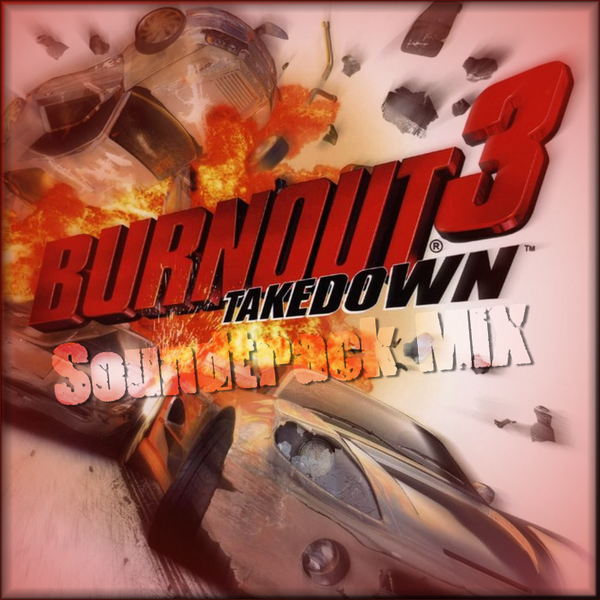

It was online for less than 24 hours before it was taken down by Criterion, due to the possible legal implications of the game having a rather similar name to Eidos Interactive's then-upcoming racer, Crash and Burn (which was, ironically, very similar to the Burnout games).

For example, the Cutting Corners trailer clearly uses an earlier build of the game than the demo release, despite the former's release postdating the latter by two days.īurnout 3's first trailer, which is also the first-ever video footage of the game, was released on April 3rd, 2004. For this reason, their release dates cannot be considered an accurate chronological representation of the game's development. Something to note about the trailers released for the game is that the gameplay featured in them is days or even weeks older than the trailer's release date (or in the Crash + Burn trailer's case, at least a month and a half for certain snippets).
#Burnout 3 takedown soundtrack list manual
This is due to manual transmission having been a player-selectable option akin to Burnout 1 and 2 the feature was cut for unknown reasons around late April. A tachometer and transmission indicator are present as HUD elements.The boost bar in question is more similar in appearance to Burnout 2's, gaining a fiery appearance when in use and staying a neutral color (in this case blue) when not boosting.Aside from the boost bar, it's almost identical to the one used in the game's demo. The car's chassis was also capable of folding vertically in this phase of development.The late-April builds, including the pre-release demo, use a combination of the two deformation behaviors due to this being around the time the damage modeling was starting to be overhauled.



 0 kommentar(er)
0 kommentar(er)
